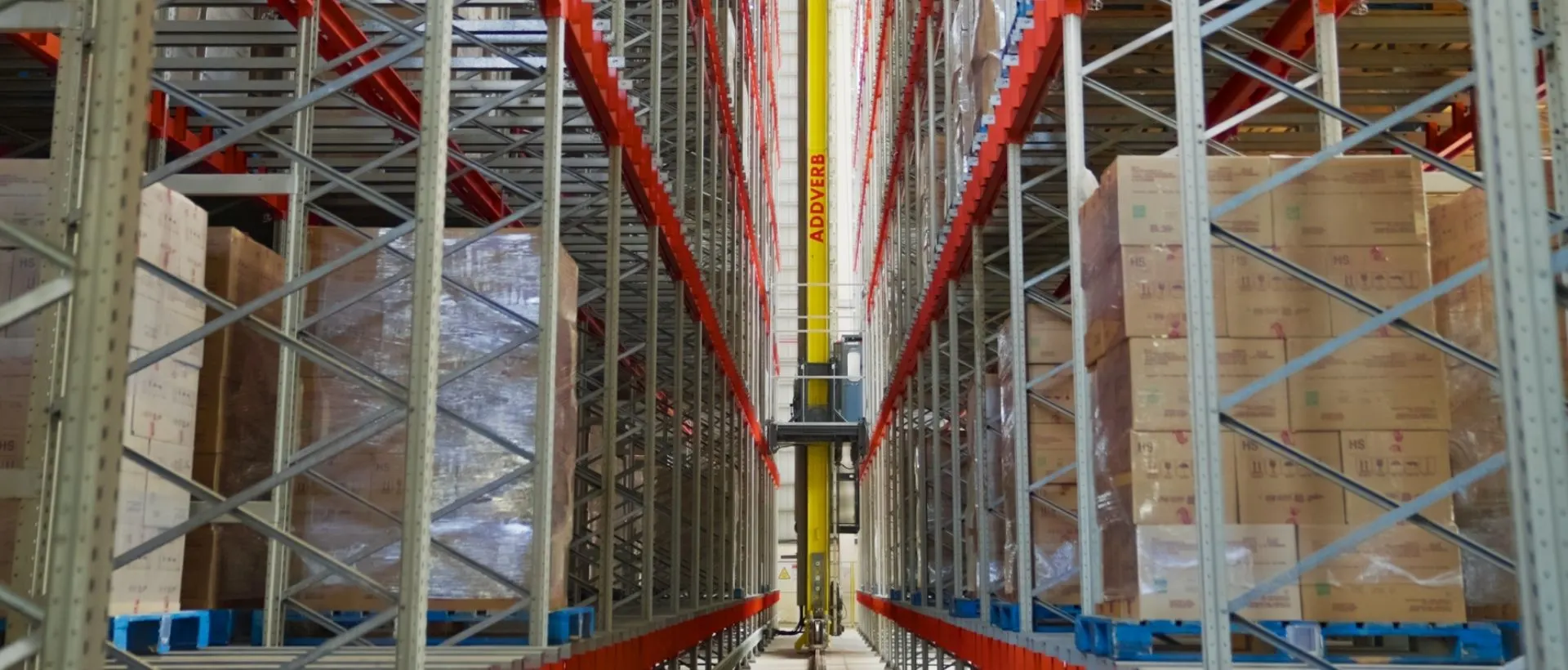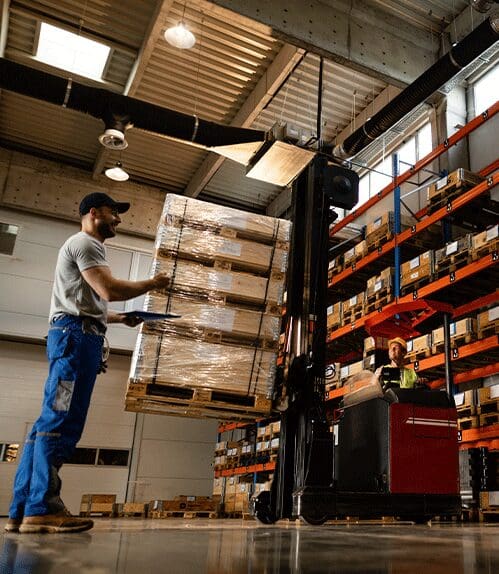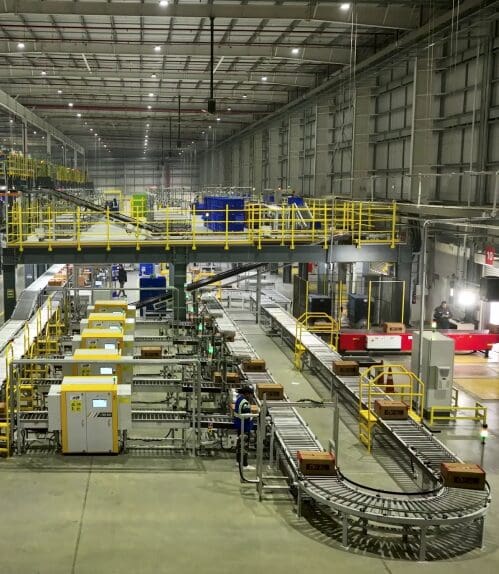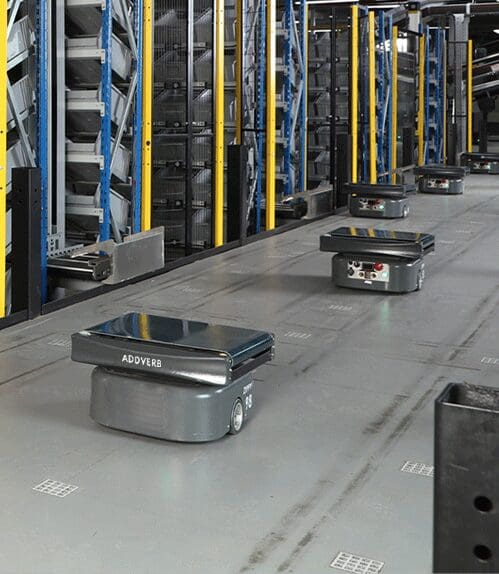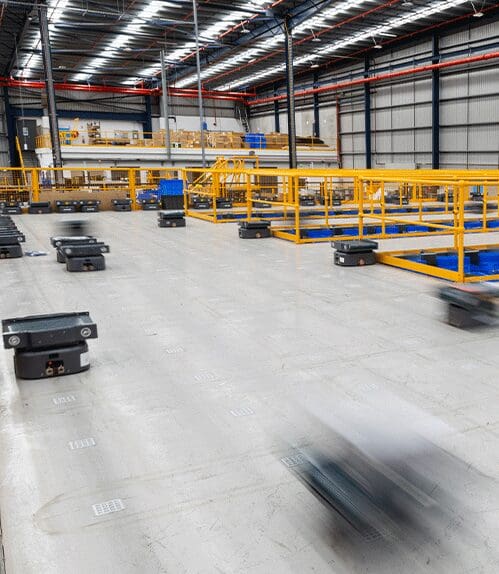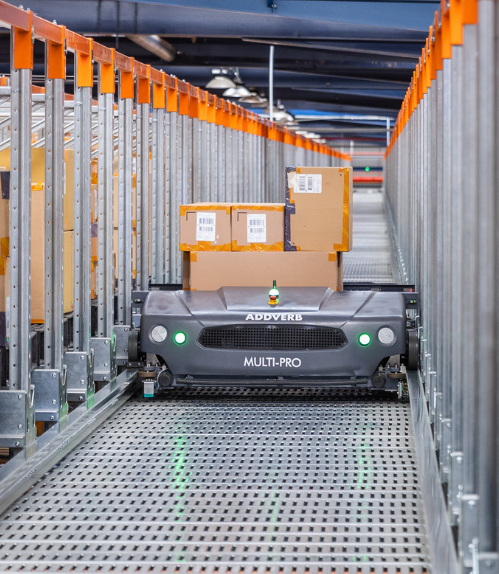Table of Contents
Did you know the global warehouse robotics sector is rapidly expanding? The market is expected to increase from USD 8.7 billion in 2025 to USD 22.88 billion by 2032, at a 14.8% CAGR, spurred on by increased labour costs and the growth in e-commerce.
In this blog, we will discuss the benefits of adopting robotics in the warehouse, particularly how it can transform operations and take your business to the next level!
History of Warehouse Robotics in the Supply Chain
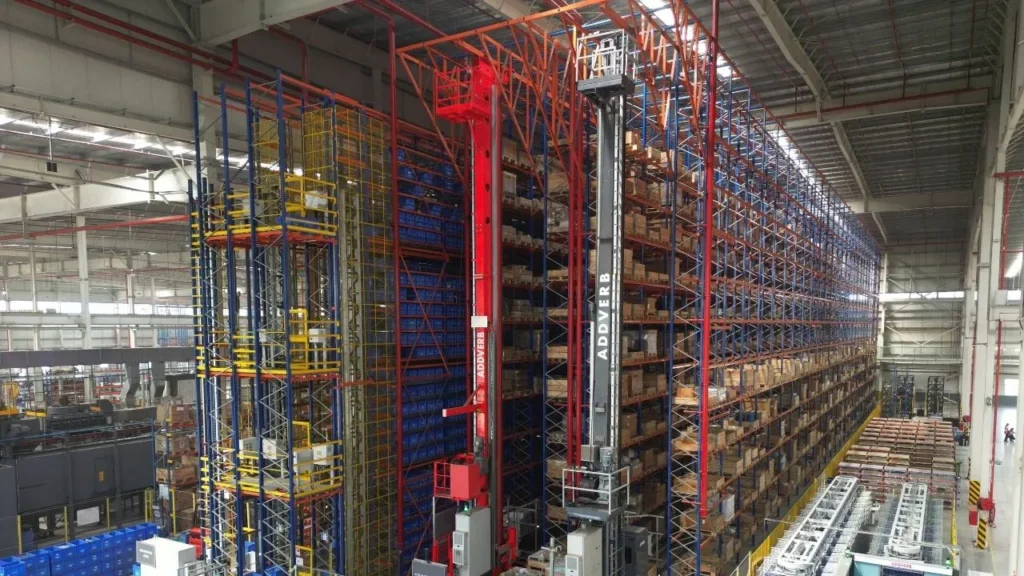
Warehouse robotics is a story from the manufacturing world. In 1954, George Devol submitted the first recognised robotics patent and, therefore, in 1956, produced the first industrial robot. By 1962, General Motors (GM) had robots in its New Jersey plant.
The first robots were big, mechanical arms, great for repetitive, dangerous tasks such as welding together two metal parts or heavy lifting but not safe to work alongside humans. To satisfy skittish manufacturers, innovators placed robots in dangerous situations, which set the stage for today’s advanced, collaborative warehouse systems.
In 2023, 4.28 million industrial robots were in use globally, consisting of a 10% increase over the previous year and in terms of overall total, China was leading in 51% of global installations and almost 1.8 million robots in use.
Why is Warehouse Robotics Automation Surging?
The rise of automation in warehouse robotics is fueled by a combination of market factors and advances in technology that are changing supply chain operations worldwide. The growth is largely driven by the rapid growth of e-commerce, which puts strain on order fulfillment speed, accuracy and scale.
New technologies, including autonomous mobile robots (AMRs), automated guided vehicles (AGVs), and advanced warehouse management systems powered by artificial intelligence (AI), are enabling warehouses to evolve from static operations to more dynamic operations with capabilities including real-time inventory visibility, predictive analytics, and integration with processes across logistics.
In terms of geography, Asia-Pacific is the market leader with almost 50% market share, largely driven by significant automation investment being made by e-commerce companies and countries that are manufacturing hubs.

The integration of AI, machine learning (WMS Software), and Industrial Internet of Things (IIoT) technologies continues to empower new efficiencies and forms of automation and will continue to turn warehouse robotics into a strategic necessity for businesses in every aspect of the fast-paced, evolving logistics landscape.
Also Read: Demystifying Warehouse Robotics: Functions and Applications of Mobile Robots
5 Ways Warehouse Robotics Transforms Your Operations
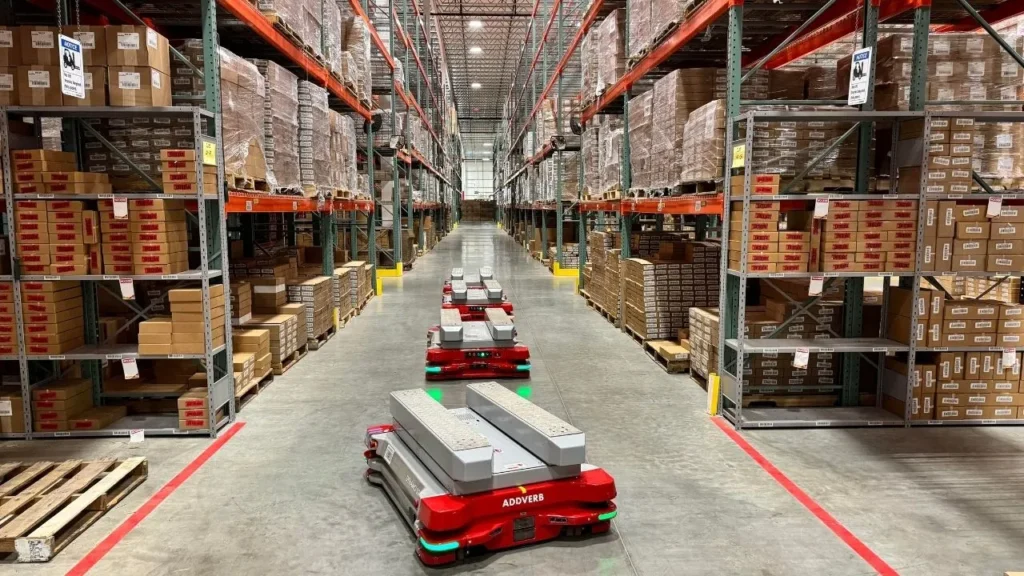
Boosting Warehouse Efficiency with Robotics
Warehouse robotics automate repetitive tasks such as picking, sorting, and material handling, thereby improving order cycle times and overall throughput.
By 2025, with over 4.2 million commercial warehouse robots expected to be operating worldwide, warehouses will be able to not only work faster but more reliably than ever.
This automation also allows for real-time inventory tracking and dynamic forecasting so that capabilities can be quickly adjusted for changing demands.
Cutting Costs and Maximising Profits Through Automation
Labour costs typically account for between 40-60% of warehouse operating expenses, and automation can yield savings of 25-30%.
Robots reduce and/or redesign most forms of labour and minimise human error, reducing picking costs – often attributed with 55% of all operational expenses – while lowering the cost of mispicks altogether. Overall, this leads to long-term savings and increased profits.
Achieving Precision and Minimising Errors in Warehouse Operations
Manual picking causes errors that can harm customer confidence and increase returns. Warehouse robots with real-time inventory tracking and advanced picking technology can achieve perfect accuracy–often up near 100%.
This kind of accuracy reduces expensive mispicks, tightens inventory management, and ensures every order is correct on the first try. The result is increased customer satisfaction and loyalty.
Improving Safety Standards in Your Warehouse
Warehouses are hazardous environments with heavy lifting and repetitive strain injuries being the most frequent injuries to warehouse employees.
Robots take care of the heavy lifting, hazards, and repetitive manual labour, greatly reducing the risk of workplace injury.
Using sensors and collision detection, automated systems create a safer workspace where humans and machines work in coexistence without any risk to either party.
Read More: 5 Reasons for Choosing Robots for Material Movement and Sortation
Scalable Solutions for Growing Warehouse Needs
Additionally, as a business grows, so too does the business’s warehousing complexity. Robots create flexible, scalable warehousing solutions capable of adapting to increased demand in just as variable timeframes as hiring and training a new employee.
In both circumstances, automation provides your warehouses with a way to scale smartly, even more importantly in an era with heightened competitiveness in your market, as warehouses today are managing full weeks of orders with high backlogs.
Did you Know: Addverb’s Leap Into Humanoid Robotics
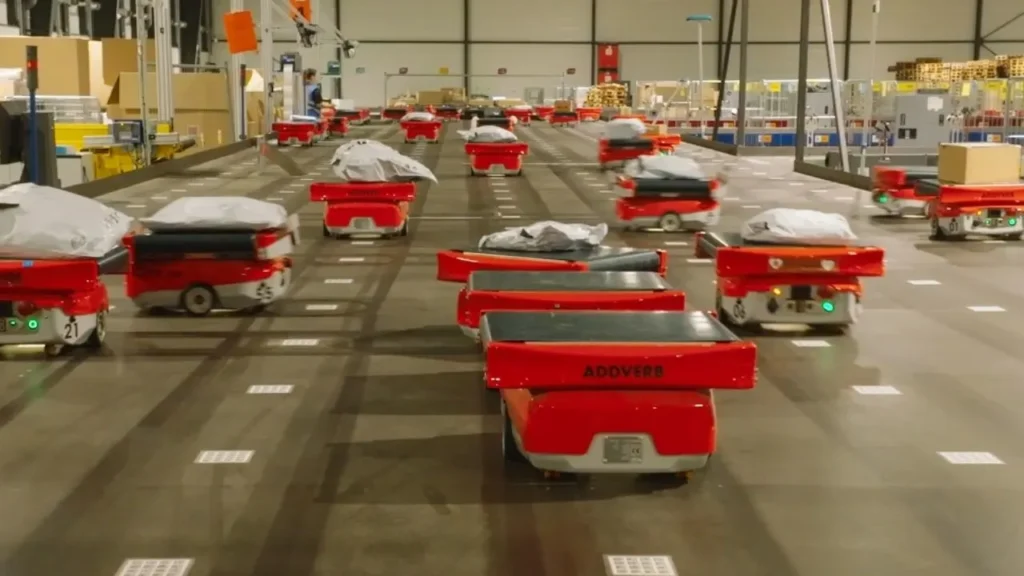
Conclusion: Future-Proofing Your Warehouse with Addverb
Make the strategic choice to partner with Addverb to future-proof your warehouse using cutting-edge robotics and automation solutions. You will interject increased efficiency, accuracy, and scalability into your operations whilst naturally reducing costs and also reducing time to delivery.
If you are ready to kick-start transforming your operations, contact Addverb today and take the first step toward a smarter and more flexible warehouse.

